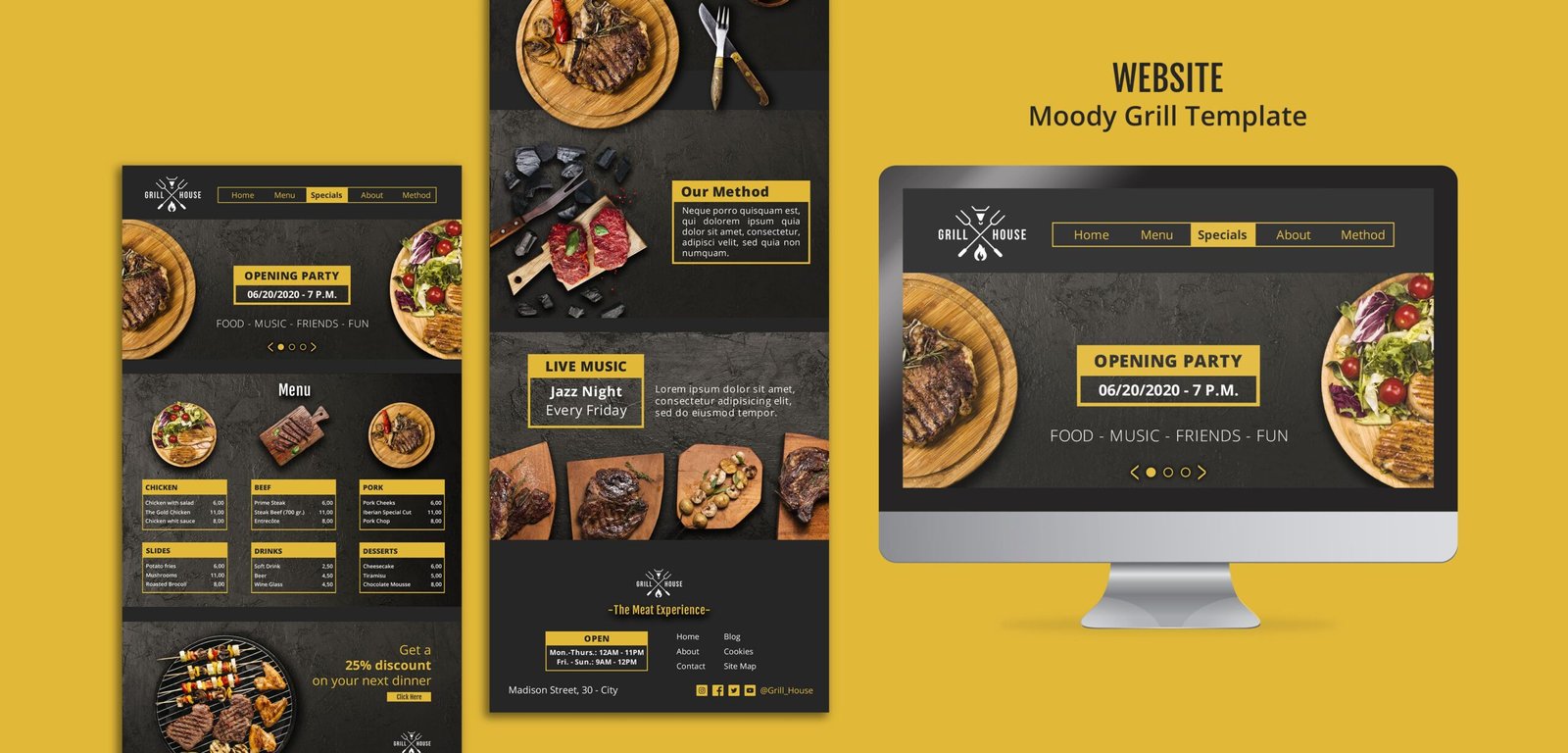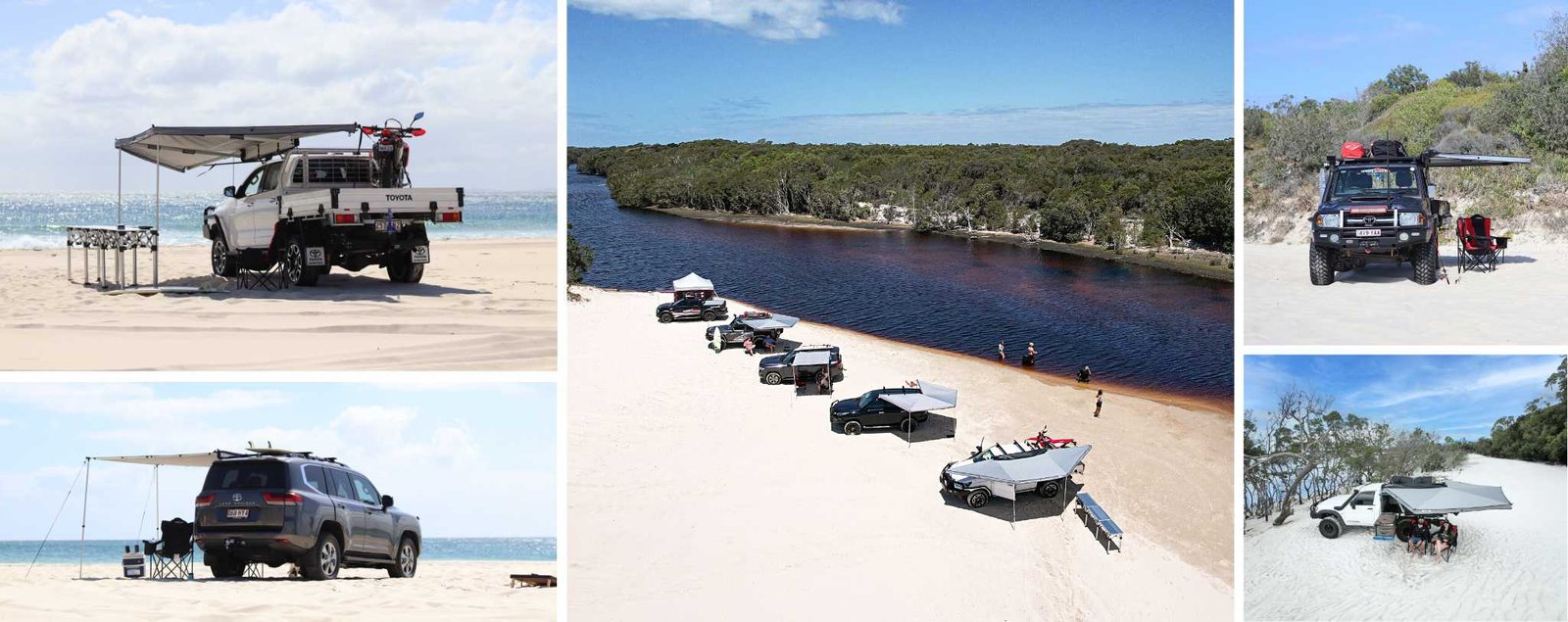
Introduction
In today’s digital age, a restaurant’s online presence plays a crucial role in attracting and retaining customers. Beyond showcasing menus and contact information, restaurant websites have become a powerful tool for engaging customers through compelling content. By creating an immersive online experience, restaurants can captivate their audience, build a connection, and drive customer loyalty. In this article, we explore various strategies and elements that restaurants can leverage to go beyond the menu and engage customers through compelling content on their websites.
Crafting a Captivating About Us Page
The About Us page serves as a window into the restaurant’s story, values, and vision. By sharing a compelling narrative, restaurants can establish a connection with their customers. This page provides an opportunity to showcase the restaurant’s history, its philosophy, and the passion behind its culinary offerings. Utilizing engaging visuals, such as high-quality images and videos, can further enhance the About Us page, leaving a lasting impression on visitors.
Showcasing Signature Dishes and Menus
Menus are not just a list of food options; they are a gateway to the dining experience. By presenting menus in a visually appealing and informative manner, restaurants can entice customers and create anticipation. Incorporating enticing food photography, vivid descriptions, and highlighting signature dishes can make the menu section a compelling part of the website. Ensuring that the menu information is accurate and up-to-date is crucial to avoid disappointing customers when they visit the restaurant.
Capturing the Ambiance and Atmosphere
A restaurant’s ambiance and atmosphere are key factors that contribute to the overall dining experience. To effectively convey these elements on the website, restaurants can use captivating visuals and descriptive content. High-quality images showcasing the interior, décor, and lighting can transport visitors to the restaurant’s atmosphere. Sharing customer testimonials and reviews can further reinforce the ambiance and build credibility.
Engaging with Customers through Blogs and Articles
Blogs and articles provide an excellent platform for restaurants to share valuable content and engage with their audience. By creating relevant and interesting blog posts, restaurants can showcase their expertise, share food trends, provide cooking tips, or delve into behind-the-scenes stories. Regularly updating the blog or articles section keeps the website fresh and encourages visitors to return for new content. Engaging and informative articles can establish the restaurant as a go-to resource for food-related information.
Interactive Features and Engaging Multimedia
Interactive features and multimedia elements enhance the overall user experience on restaurant websites. Virtual tours or 360-degree photos allow visitors to explore the restaurant’s ambiance virtually. Including videos, such as chef interviews, cooking tutorials, or behind-the-scenes footage, brings the restaurant to life and creates a more immersive experience. Additionally, incorporating social media feeds or user-generated content on the website encourages customer interaction and provides social proof.
Promotions, Special Events, and Reservations
Promoting special events, offers, and promotions on the restaurant website helps create a sense of excitement and urgency. By featuring upcoming events or limited-time offers prominently, restaurants can attract customers and encourage them to visit. Clear and easily accessible reservation options are essential for streamlining the booking process and making it convenient for customers to secure a table. An intuitive reservation system instills confidence and encourages visitors to take action.
Optimizing for Search Engines and Mobile Devices
To reach a wider audience, it’s crucial for restaurant websites to be search engine optimized (SEO). By implementing SEO strategies, such as using relevant keywords, and meta tags, and optimizing content, restaurants can improve their visibility in search engine results. Additionally, with the increasing use of mobile devices, having a responsive web design is vital. Optimizing the website for mobile devices ensures a seamless and user-friendly experience, leading to higher engagement and customer satisfaction.
Conclusion
Engaging customers through compelling content on restaurant websites goes beyond simply listing menus and contact information. By crafting a captivating About Us page, showcasing signature dishes, capturing the ambiance, and utilizing interactive features, restaurants can create an immersive online experience. Engaging with customers through blogs, multimedia, and promotions further strengthens the connection and fosters loyalty. Optimizing for search engines and mobile devices ensures wider visibility and better user experiences. By investing in compelling website content, restaurants can enhance their online presence, attract new customers, and cultivate lasting relationships in the digital landscape.











